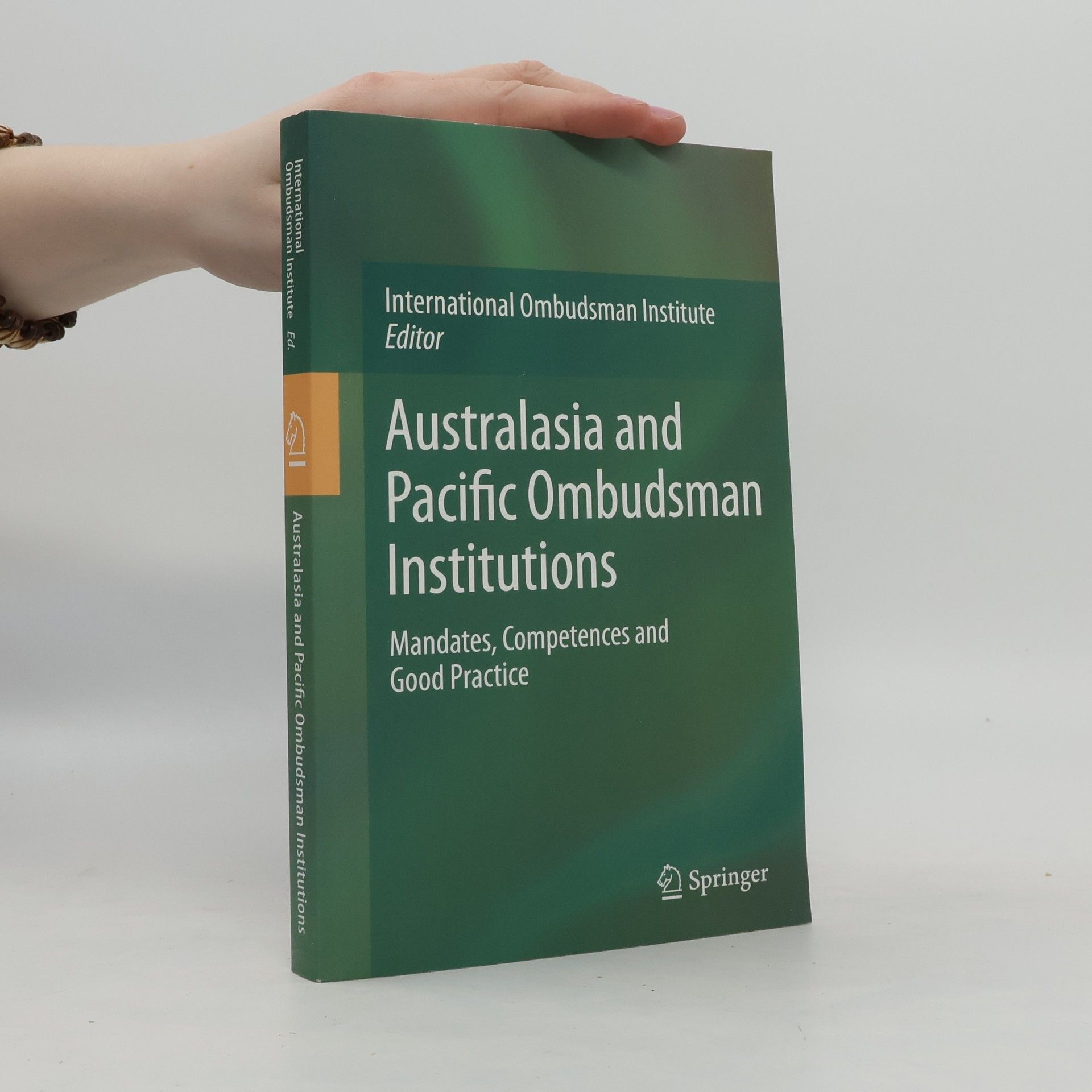Australasia and Pacific Ombudsman Institutions
Mandates, Competences and Good Practice
- 316pages
- 12 heures de lecture
Commissioned by the International Ombudsman Institute (IOI), the Ludwig Boltzmann Institute of Human Rights (BIM) in Vienna conducted a comparative study on Ombudsman Institutions in the Australasia and Pacific region from January 2011 to April 2012. Part 1 offers an analytical comparison of public sector Ombudsman Institutions in Australia (including the Commonwealth Ombudsman and state/territory Ombudsmen), the Cook Islands, Hong Kong, New Zealand, Papua New Guinea, Samoa, Taiwan, Tonga, and Vanuatu. It highlights the partial heterogeneity of these Institutions while providing an overview of common features and specific peculiarities. Part 2 presents detailed reports on 16 jurisdictions, covering aspects such as legal basis, organisation, mandate, powers, and relationships with the administration, judiciary, and legislator. This section is informed by questionnaires completed by the Institutions, analyses of establishing acts and relevant laws, and pertinent scientific publications and Annual Reports. The reports also reference relevant legal provisions and include website addresses for easy access.

